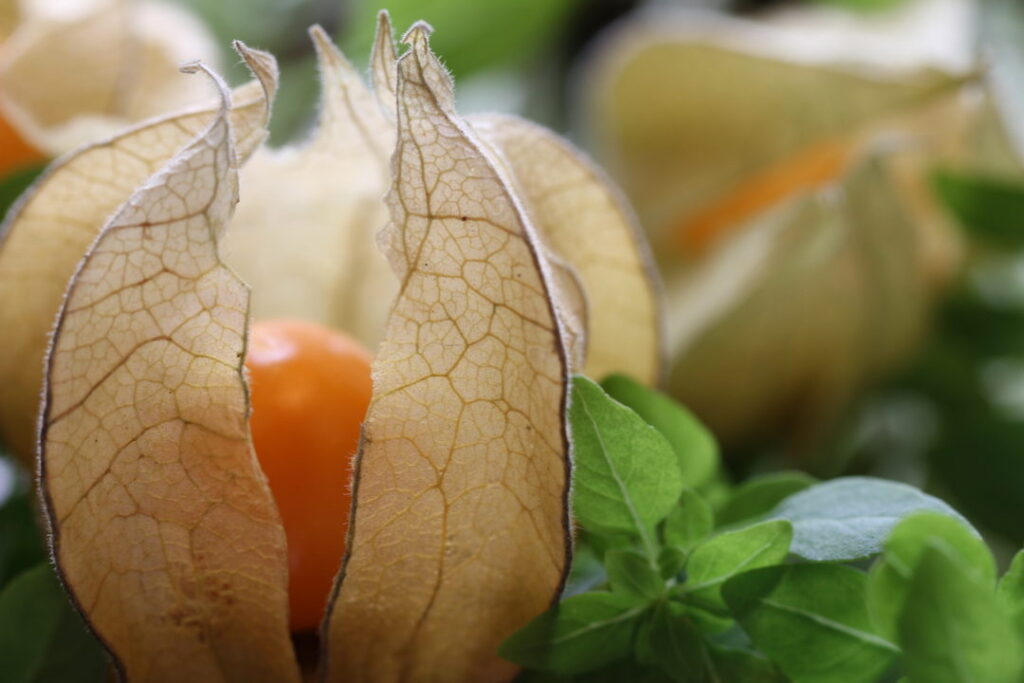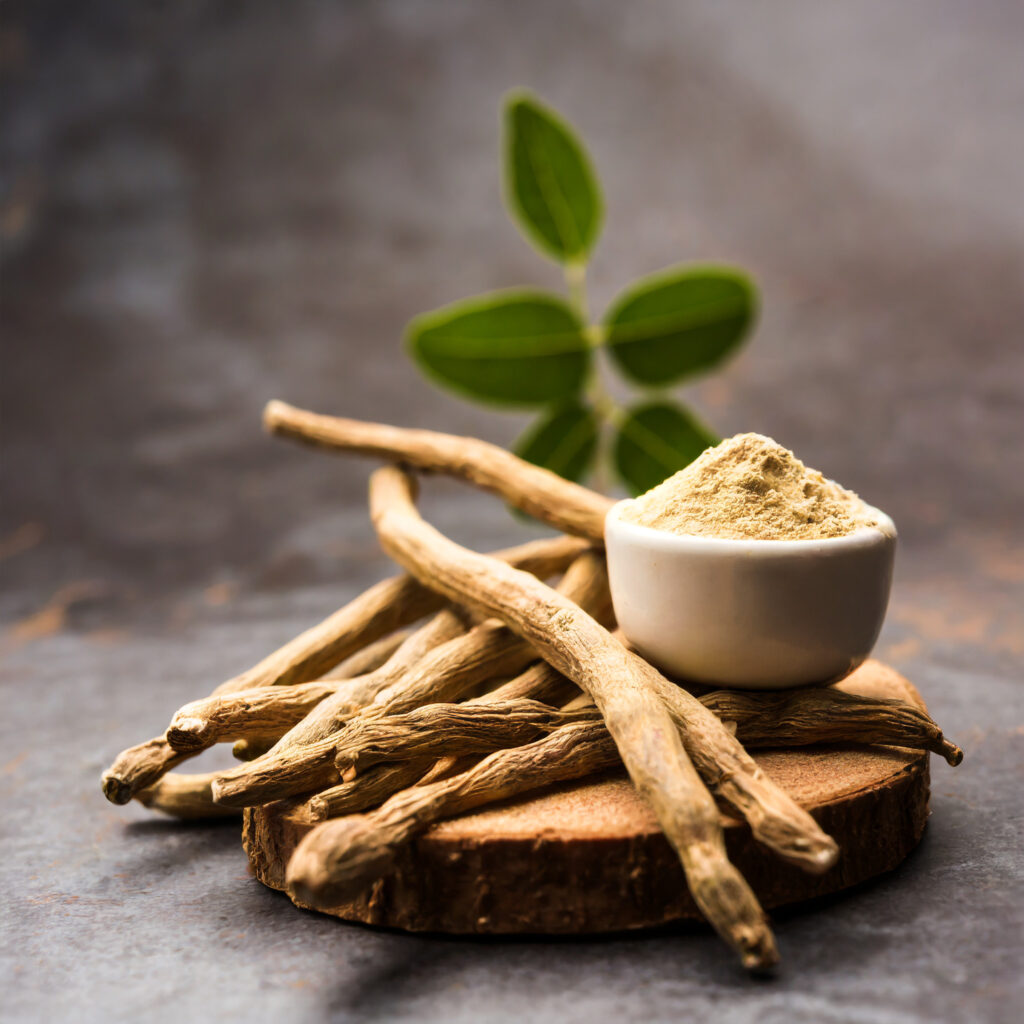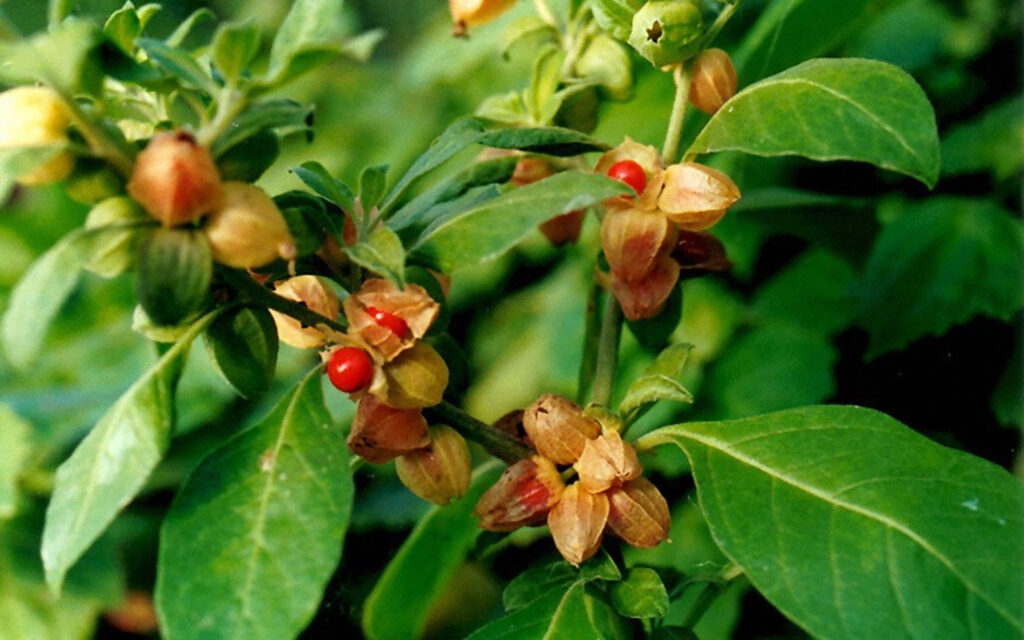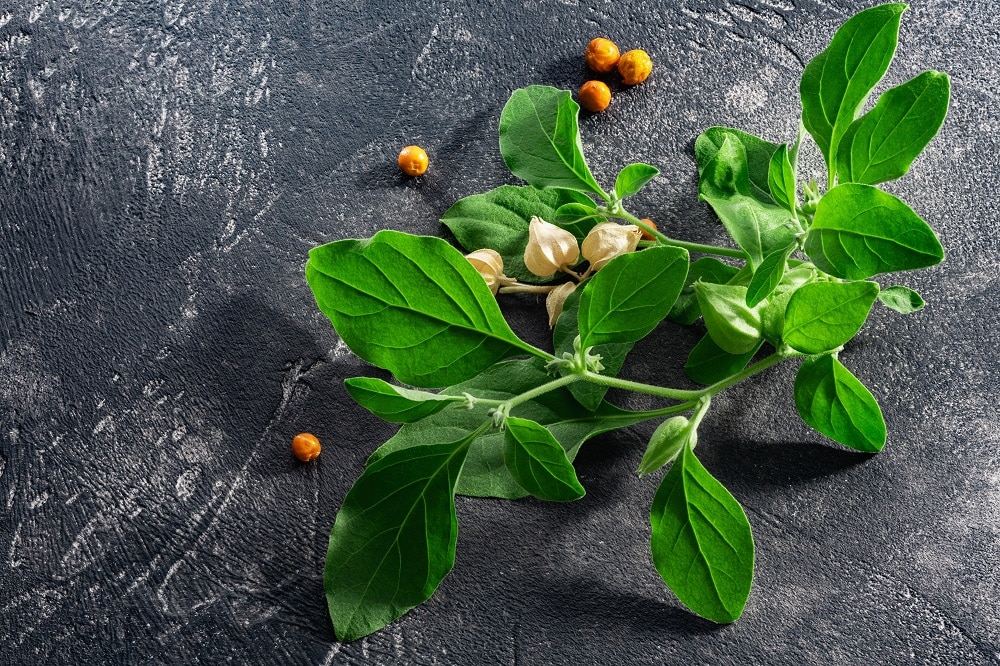

Not all treasures in the wild are hidden in tangled branches or flashy blossoms. Some, like ashwagandha, lie quietly beneath the soil, waiting to be unearthed by those who seek strength and peace. My introduction to this humble root was in the borderlands of a friend’s garden, where spindly green stems gave way to a tangle of tiny red berries and the whisper of ancient traditions.
A Root with Ancient Wisdom (and Modern Validation)
Ashwagandha (Withania somnifera), sometimes called Indian ginseng or winter cherry, has carried its reputation for resilience for over 3,000 years in the Ayurvedic tradition. Its Sanskrit name means “smell of a horse,” a nod both to the root’s unique aroma and the strength it’s said to impart.
Wandering through Indian countryside or arid African fields, herbalists have prized ashwagandha as a “rasayana”—a tonic that restores energy, calms the mind, and helps the body adapt to stress. Today, science agrees: modern studies confirm that ashwagandha’s withanolides and alkaloids help modulate stress hormones, reduce inflammation, bolster immunity, and may even improve memory and sleep.

Cultivating Ashwagandha: Garden and Wild Wisdom
Ashwagandha isn’t a fussy plant. If you’re tempted to grow it, choose a patch of well-drained, sandy soil in full sun—somewhere that mimics the dry plains of its Indian homeland. Start seeds indoors in early spring or sow directly after the last frost. Once established, ashwagandha is drought-tolerant and needs little attention, reaching about two to three feet in height.
Harvest the roots in autumn, when their energy and medicinal potency peak. The berries—bright red and encased in papery husks—are striking but rarely used in herbal medicine. For those in temperate zones, ashwagandha can be grown as an annual, but in its native range, it thrives as a perennial, dotting wild fields and garden borders alike.
Ashwagandha in Practice
On long journeys or restless nights, a cup of ashwagandha root tea is a balm for body and mind. Powdered root stirred into warm milk is a classic Ayurvedic ritual for deep, restorative sleep. Some blend the root into tinctures or capsules for daily resilience, finding comfort in the plant’s earthy taste and centuries-old promise of strength.
For the wandering herbalist, ashwagandha is more than a supplement; it’s a reminder that sometimes the quietest allies, growing close to the ground, offer the greatest protection from the storms of life.

Ashwagandha Fact Sheet
- Botanical Name: Withania somnifera (Ashwagandha, Indian Ginseng, Winter Cherry)
- Active Compounds: Withanolides, alkaloids, sitoindosides
- Parts Used: Root (primarily); leaves sometimes used
- Traditional Uses: Adaptogen (stress resilience), tonic for fatigue, supports sleep and memory, calms anxiety, bolsters immunity
- Modern Science: Shown to lower cortisol (stress hormone), reduce inflammation, improve sleep and cognitive function, support thyroid and immune health
- How to Grow:
- Sow seeds in spring in well-drained, sandy soil, full sun
- Drought tolerant, prefers dry climates
- Roots harvested in autumn of first year
- Grows as an annual in temperate regions, perennial in warm climates
- Sow seeds in spring in well-drained, sandy soil, full sun
- Where It Grows Wild:
- Native to India, North Africa, and Middle East
- Occasionally found naturalized in arid, sandy fields and disturbed soils in similar climates worldwide
- Native to India, North Africa, and Middle East
- Preparations:
- Dried root (tea/decoction, powder for capsules or milk, tincture)
- Leaf (less commonly, as tea)
- Dried root (tea/decoction, powder for capsules or milk, tincture)
- Cautions:
- Avoid in pregnancy unless advised by a professional
- May interact with sedatives, thyroid medication, or immunosuppressants
- Avoid in pregnancy unless advised by a professional
***Consult your healthcare provider before starting new herbal supplements, especially with ongoing health conditions or medications.***

Leave a Reply